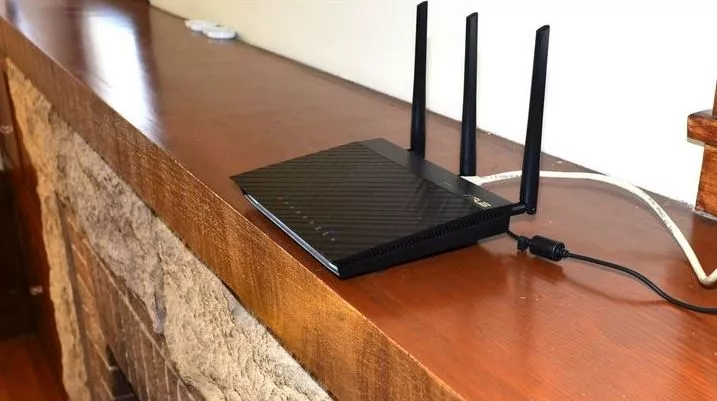Electromagnetic waves are the carrier of near about every type of modern day communication systems. They enclose you and your surroundings whenever you make a call, use Wi-Fi or other gadgets. These electromagnetic waves are reflected by the Earth’s upper atmosphere where it becomes a “plasma” at high altitudes. Plasma is a state of matter with interesting properties and show strong reaction to the electromagnetic field. Using this property, at low frequencies, we can bounce the radio signals and thereby extending signal’s range.
Jason Cole, a PhD scholar of Imperial College, London, has studied this plasma-electromagnetic waves’ interaction. He writes that the behavior of intense EM waves and plasma can be predicted using the Maxwell’s equations that date back to the 19th century.
How Maths fixed the Wi-Fi in a flat?
Jason used these equations to improve the Wi-Fi reception in his flat. He explains that the normal wireless router antenna emits EM radiations due to a small current oscillating at 2.4GHz.
In his model, he introduced a similar current and made it to oscillate; the resultant EM waves flow was dictated by Maxwell’s equations. After mapping his flat, he developed a map of the Wi-Fi strength in his flat. As he moved his virtual router, he was able to see the variable signal strength.
The first lesson he learned is pretty much obvious: Wi-Fi router should be kept in line-of-sight to your device.
Further, he found that sometimes signals stop changing and flicker without any particular reason at some places. This happens when Wi-Fi reflections overlap and thereby cancel each other. Thus, it’s the phenomenon of a standing wave. Due to this, dark spots, separated by some centimeters, are created indicating low signal. This phenomenon was recently mapped in 3D by a Wi-Fi enthusiast.
So here we got our second lesson which is a bit more interesting and less obvious: if you are receiving a poor signal at some particular position, you should do a slight change in router’s position. This will produce a significant improvement in signal strength due to the disappearance of the dark spots.
Some more tips to fix-up your Wi-Fi by choosing the best place:
1. Place your router at a central location in your room.
2. Cole said, “All materials reflect a portion of radiation. Some absorb it quite strongly, especially concrete.” So don’t it by walls.
3. Mount the router at some height to get the best results.
4. Water interferes with Wi-Fi signal. So, the signal is seen to get worsened in a crowded room as our bodies are mostly made up of water.
5. Keep the router far from Microwave.
6. Direct your antenna upwards for better horizontal reach.
7. Direct your antenna sideways for better vertical reach.
8. Select the correct channel to fix-up your Wi-Fi.
Based on his findings, Jason made an Android App to answer the question: Where is the best position to place your Wi-Fi router?
These findings may be a bit less exciting, but it confirms the fact that mathematics is a useful tool that solves tough problems and even makes your Wi-Fi signal stronger. 
Via: The Conversation

